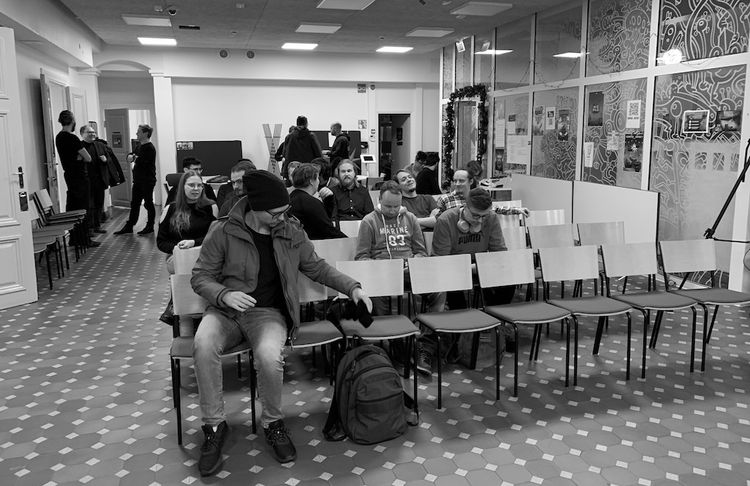How to run a team meeting

When I was building games companies, I always felt our team meetings could easily be derailed in several ways.
First off, people came to these meetings to clear up things that were wrong in their department. A bad meeting became one where:
A. the meeting didn’t have an agenda at all, and we’d go around the table, as sort of like a big status check.
B. There was an agenda, but it was one-sided. One person had come up with the agenda, even though the meeting was intended for the whole team to voice their top-of-mind concerns.
I’ve also been experiencing unstructured meetings as an investor. I’m doing biweekly meetings with founders I’m helping, and those meetings are often feeling relatively unproductive if they lack a proper structure.
I recently read the book The Advantage by Patrick Lencioni. In the book, he talks about how to set up a good meeting. Lencioni describes bad meetings as ones where people are “going to a meeting, smiling and nodding their heads when a decision is made that they disagree with. They then go back to their offices and do as little as possible to support that idea.”
Another sign of a bad meeting is when people “combine administrative issues and tactical decisions and creative brainstorming and strategic analysis and personnel discussions into one exhausting meeting.” It’s no wonder that people complain about meetings. That they hate meetings and want to have less meetings.
But Lencioni makes a great point about meetings. It’s not that we should have fewer meetings. If we start having more good meetings, people will begin treating meetings as places where actual work gets done.

Good meetings
To run good meetings, you need to aim for high clarity and focus.
How do you do that? First off, start thinking about having different meetings for different kinds of issues. It would be best if you didn’t minimize how many meetings you are having per week. That’s not a good option, but rather try to have the right kind of meetings and make those effective.
And second, an outcome of a good meeting should be that people feel like it’s real work that they’re doing when they’re attending these meetings and that they end up with a feeling of fulfillment.
For team meetings to work, you want to prepare. Here are some steps for preparing:
The first thing to do is only to bring in the people that matter.
As you’re preparing for these meetings, you build trust between people outside of the meetings.
You want to make them feel happy to engage in productive conflict, meaning that they can healthily challenge each other and not coming out as jerks. You can do this by giving examples of how healthy and constructive conflict can be conducted. You can fabricate or simulate these conflict moments for your team. Eventually, conflict becomes a more familiar and more expected mode of behavior when you’re having meetings.
The second thing about creating effective meetings for your teams is to start building the agenda at the start of the meeting.
Please don’t bring a prepared agenda for the meeting, and you don’t send it out in the calendar invite. But you instead book time, like five to 10 minutes at the start of the team meeting, to build the agenda for that meeting to be relevant and real-time.
As the first step, you go around the room and ask people to report their top two or three key activities that they believe are their top priorities for the week.
The second step is that each team member will score these items with green, orange, or red. Red would be the highest priority to discuss, and orange, the second one, and green would be like a thing that isn’t a priority at all at this stage.
You want to invite a discussion about how to score the items. Let’s say you are asking your chief operating officer to comment about the art director hire. The COO could say that “the art director got higher is a red priority because we can’t meet our soft launch milestones if we don’t have someone running this process” and things like that. The team can then comment on these statements regarding the priorities and going into this healthy conflict already there.
And as the final step, the meeting Chairman should build the agenda out of the red and orange ones.
The beauty with this building the agenda is that different people will influence each other’s decisions based on their perspectives. You will get many various comments on the relevant and prioritized issues in the company.
And as a significant benefit, the leaders will always learn a great deal about what is happening in the team when they hear their colleagues’ assessments on different priorities.
Read more about conducting good meetings by checking out Lencioni’s book The Advantage.





